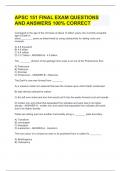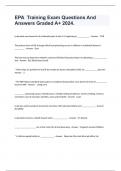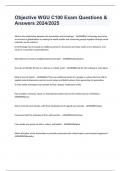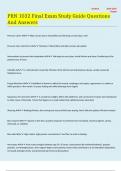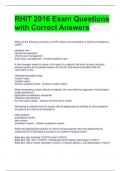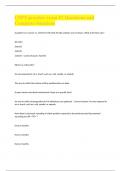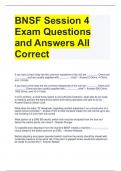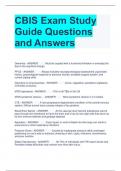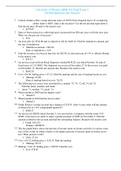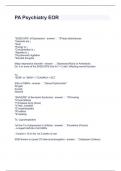Tentamen (uitwerkingen)
APSC 151 FINAL EXAM QUESTIONS AND ANSWERS 100% CORRECT
- Vak
- Instelling
APSC 151 FINAL EXAM QUESTIONS AND ANSWERS 100% CORRECTAPSC 151 FINAL EXAM QUESTIONS AND ANSWERS 100% CORRECTAPSC 151 FINAL EXAM QUESTIONS AND ANSWERS 100% CORRECTAPSC 151 FINAL EXAM QUESTIONS AND ANSWERS 100% CORRECTCompared to the age of the Universe of about 14 billion years, the currently accept...
[Meer zien]
